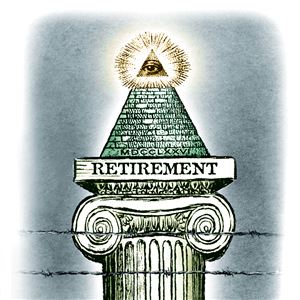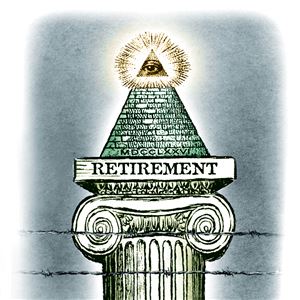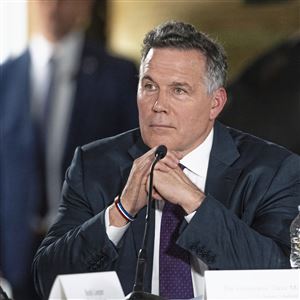With few years left in the workforce and thus less time to save for retirement, a 55-year-old man earning $40,000 a year with no nest egg would need to contribute 24.5 percent of his salary to a workplace retirement account until age 65 to even have a 50 percent shot at a financially successful retirement.
But a 25-year-old with the same salary and no savings would only need to contribute 6.4 percent of his salary for a 75 percent chance of financial success, according to a report released Wednesday by the Washington, D.C.-based Employee Benefit Research Institute. Because of their longer life spans, women typically will need to save more than men.
“This analysis answers two key questions: How much do I need to save each year for a successful retirement? And how large do I need my account balance to be after saving for several years to be on track for a successful retirement given my future contribution rate?” said the Institute’s research director Jack VanDerhei.
What the calculations show is that the adage is especially true when it comes to saving for retirement: Time is money. The earlier a person starts setting aside money for retirement, the less he or she will need to save every year.
Mr. VanDerhei pointed out that commonly used retirement savings calculators simply use a percentage of income as an optimal savings goal, but that method ignores such important factors such as life span, post-retirement investment risk and nursing home costs.
“One of the biggest obstacles to retirement income adequacy for households who might otherwise have sufficient financial resources at retirement age is the risk of long-term care costs for a prolonged period,” the report said. “In the real world, few retirees have long-term care insurance policies that would cover the potentially catastrophic financial impact of this exposure.”
The Institute’s analysis presents the required contribution rates for those starting to save at ages 25, 40 or 55. It also presents the minimum account balances required for those contributing to their plans at 4.5 percent, 9 percent, and 15 percent of salary, and shows how much they should have saved at a particular age to be on track for a successful retirement.
For instance, a single male age 40 contributing 9 percent of salary at $20,000 a year would need $14,619 already saved for a 50 percent chance of retirement success. If his salary were $40,000 a year, he would need a minimum balance of $47,493 in savings for a 75 percent chance of success. But at a salary of $65,000 a year, he would need $4,616 of pre-existing savings for a 90 percent chance of success.
To access the full report, go to: www.ebri.org.
Tim Grant: tgrant@post-gazette.com or 412-263-1591.
First Published: March 26, 2015, 4:00 a.m.



















